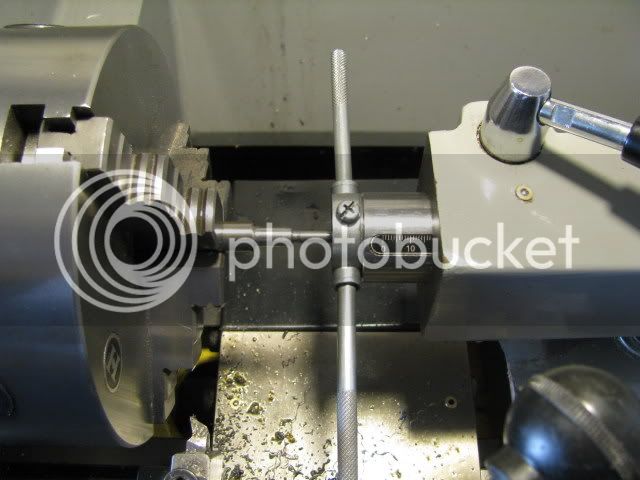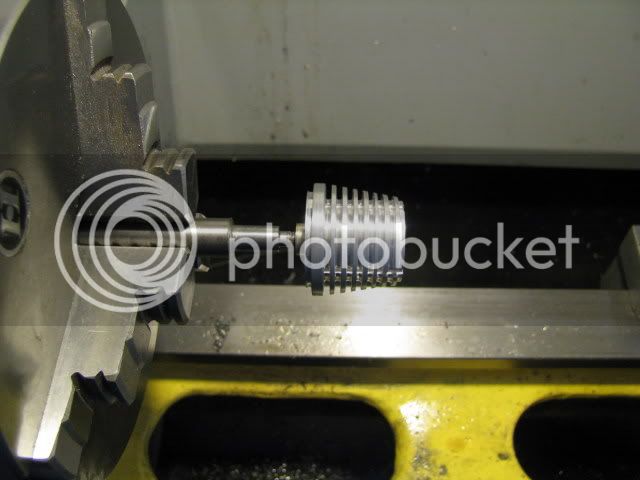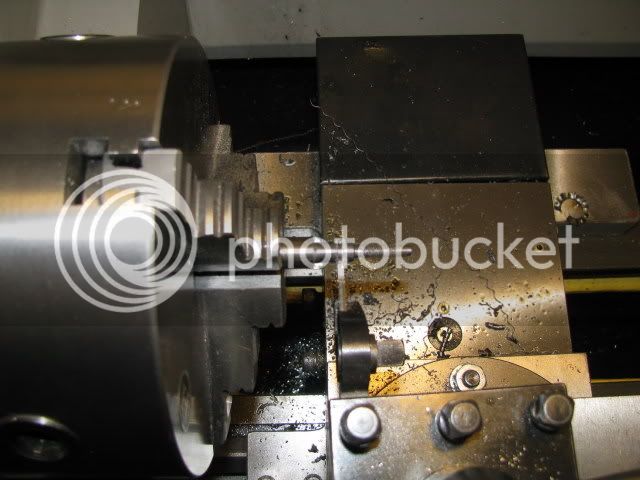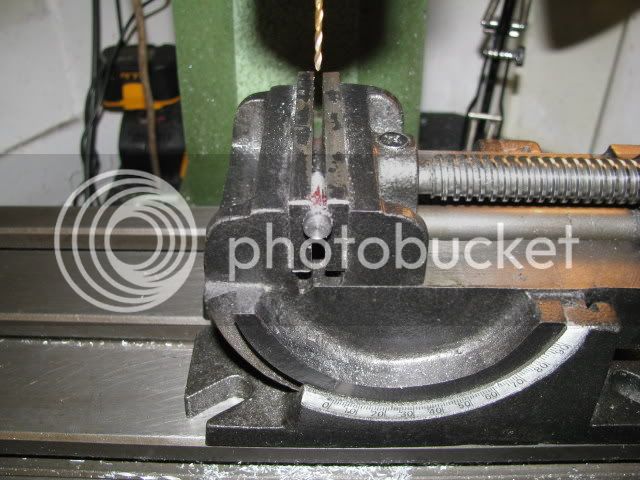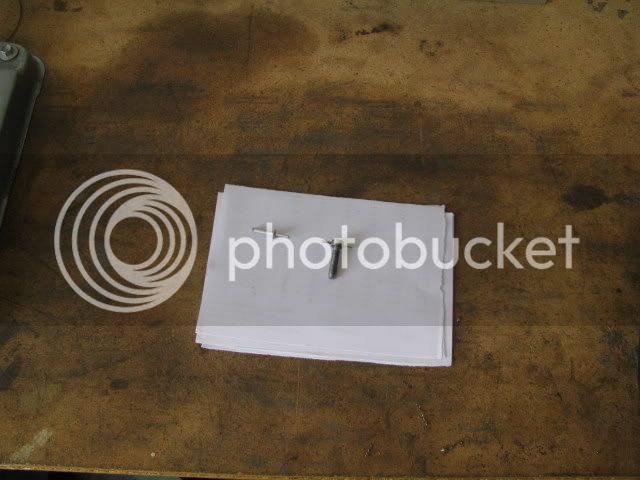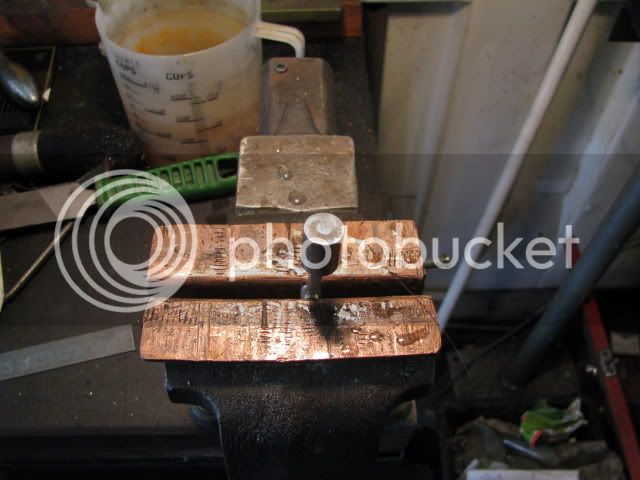EOW again


Managed to get a little done today and the head is looking like a head
The original plan called for the compression screw to be tapped directly into the head, also there was an option of a steel or aluminium head. As I opted for the alloy head I was not too happy about the compression screw being tapped directly into it.
Can't remember where I read it but the gist of the comment was, " And a very nice finishing touch was the insert in the head incorporating the compression screw."
Bearing this in mind and my own opinion that steel on aluminium was not the greatest, I settled on a brass insert, (coz when I looked, I had no bronze other than a big lump being saved for a bigger job ??? ???).
The sleeve blank ready for tapping and parting off.
The head and tapped sleeve.
Pressing the sleeve into the head - note the locating screw on the underside to square things up before going under the press.
The sleeve in the head - The shoulder on the inside is insurance against things moving when it gets to operating temperature :

I thought it would look snazzy if the sleeve was above the top of the head so made it 1/8" longer ;D
Some brightstock being turned into the compression screw.
Have a good weekend









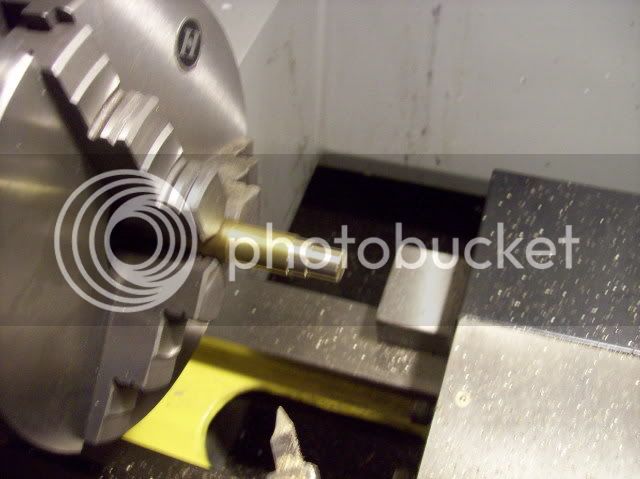
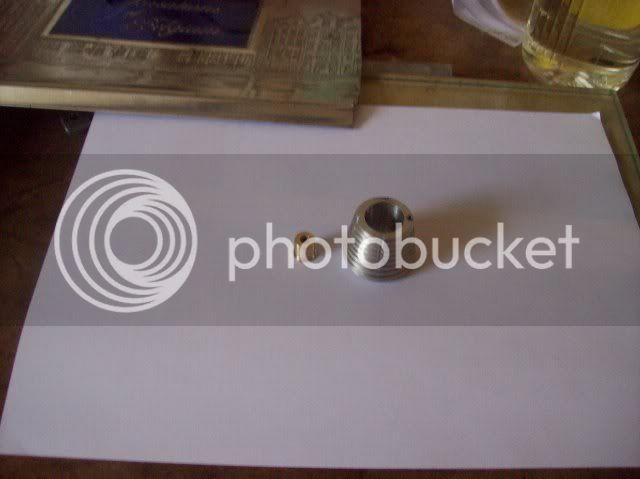
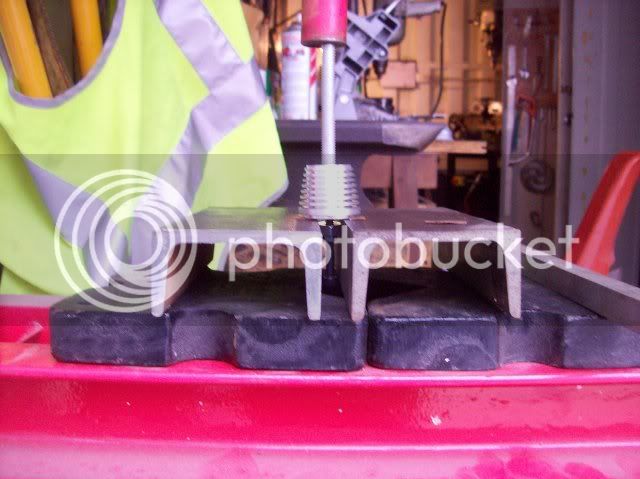
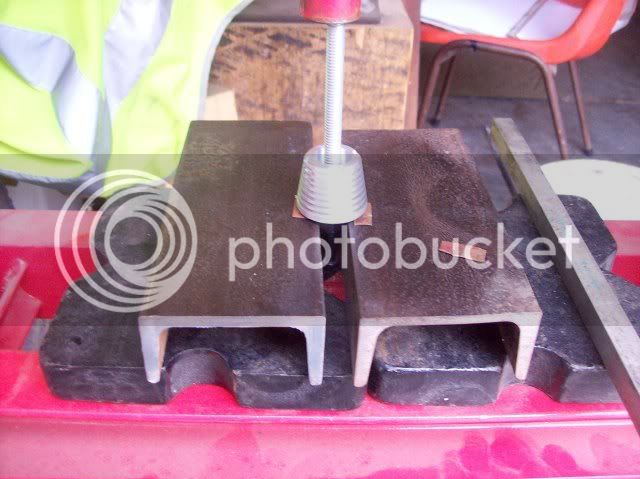
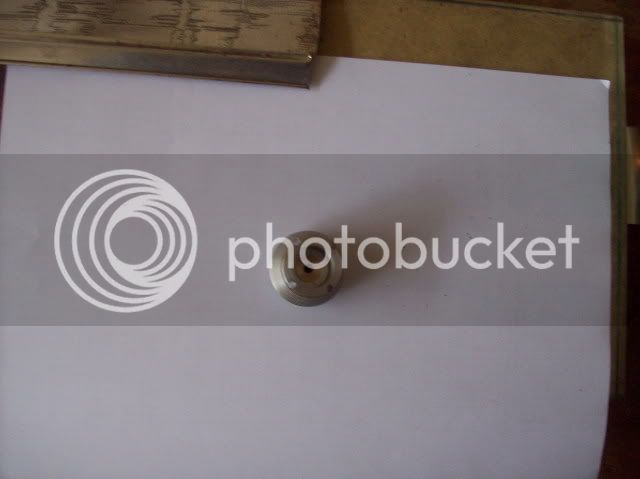
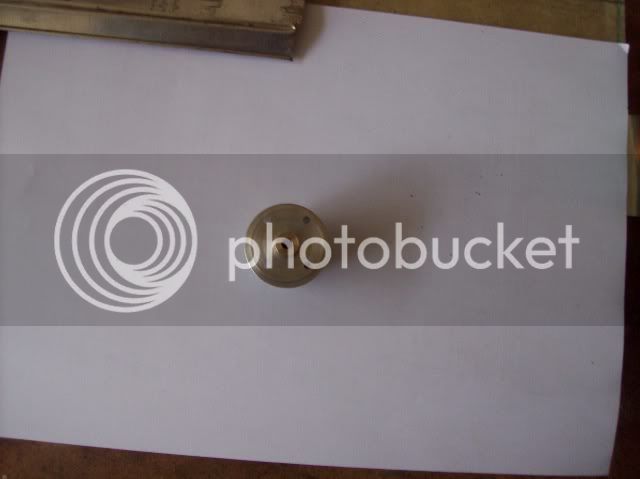
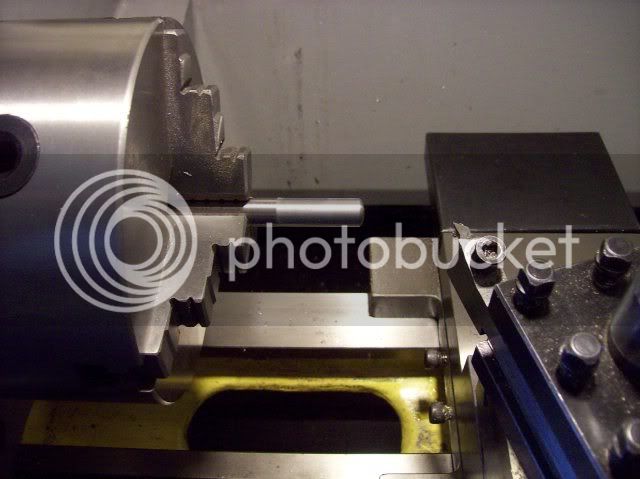














![DreamPlan Home Design and Landscaping Software Free for Windows [PC Download]](https://m.media-amazon.com/images/I/51kvZH2dVLL._SL500_.jpg)














































